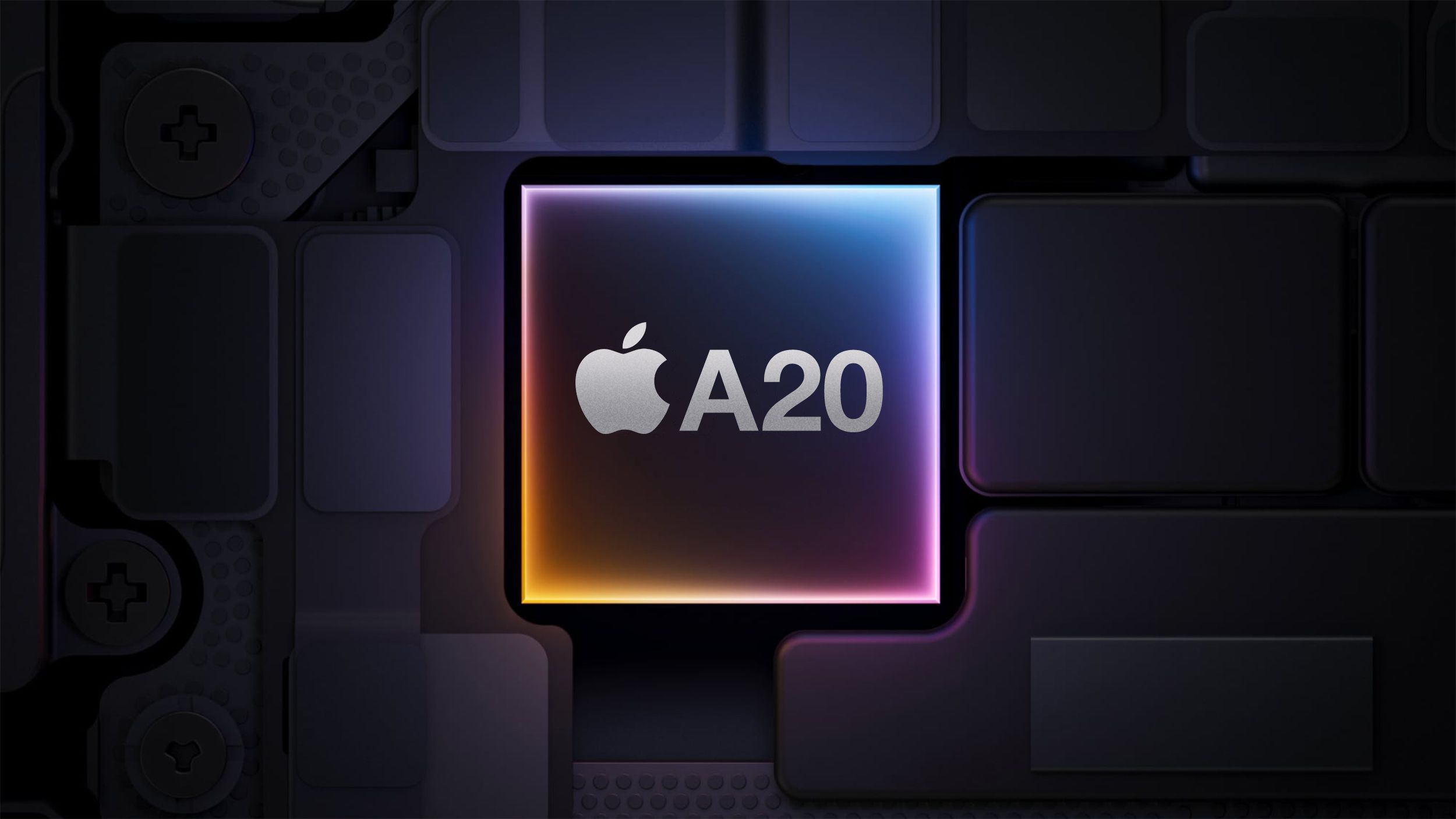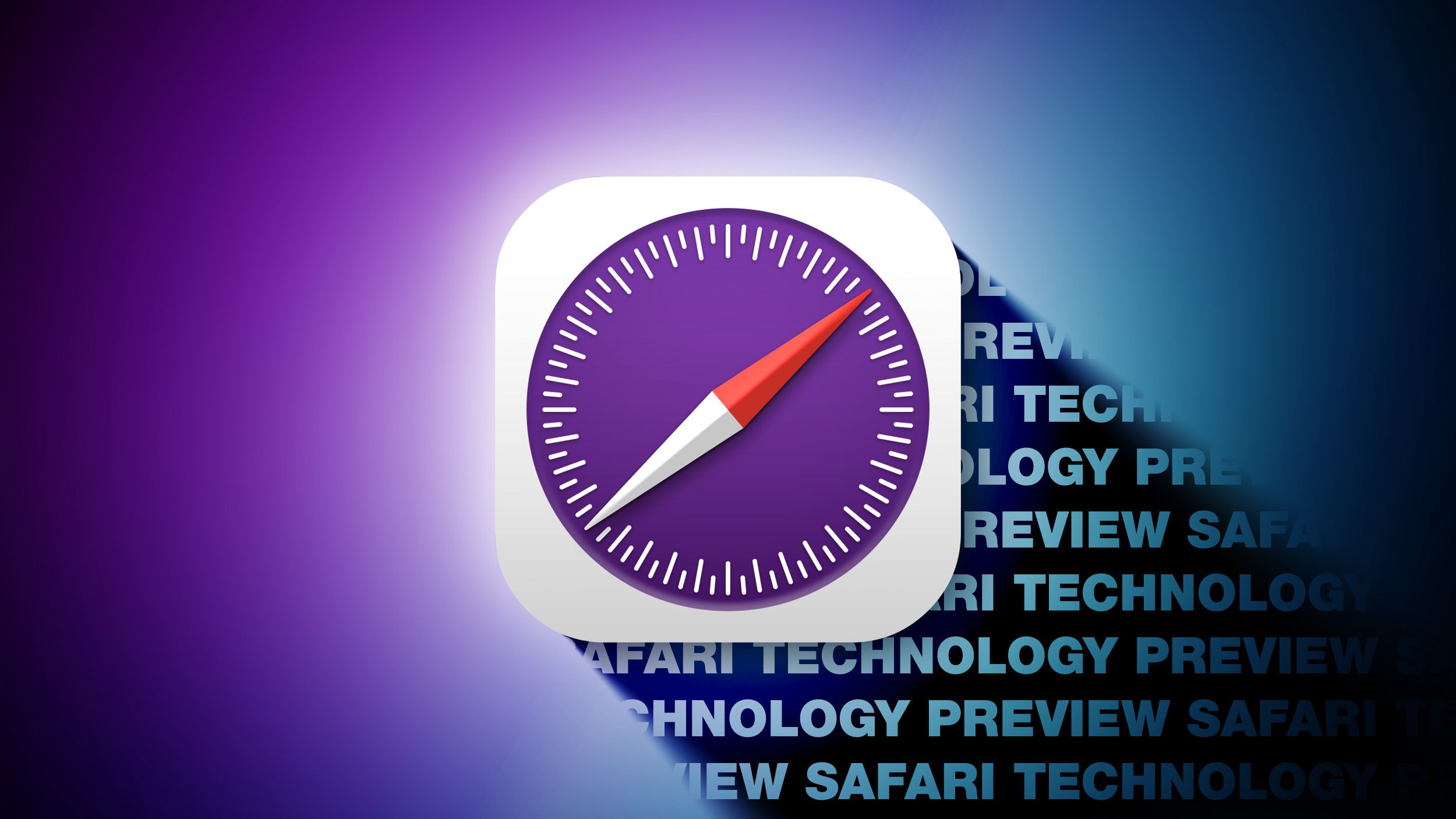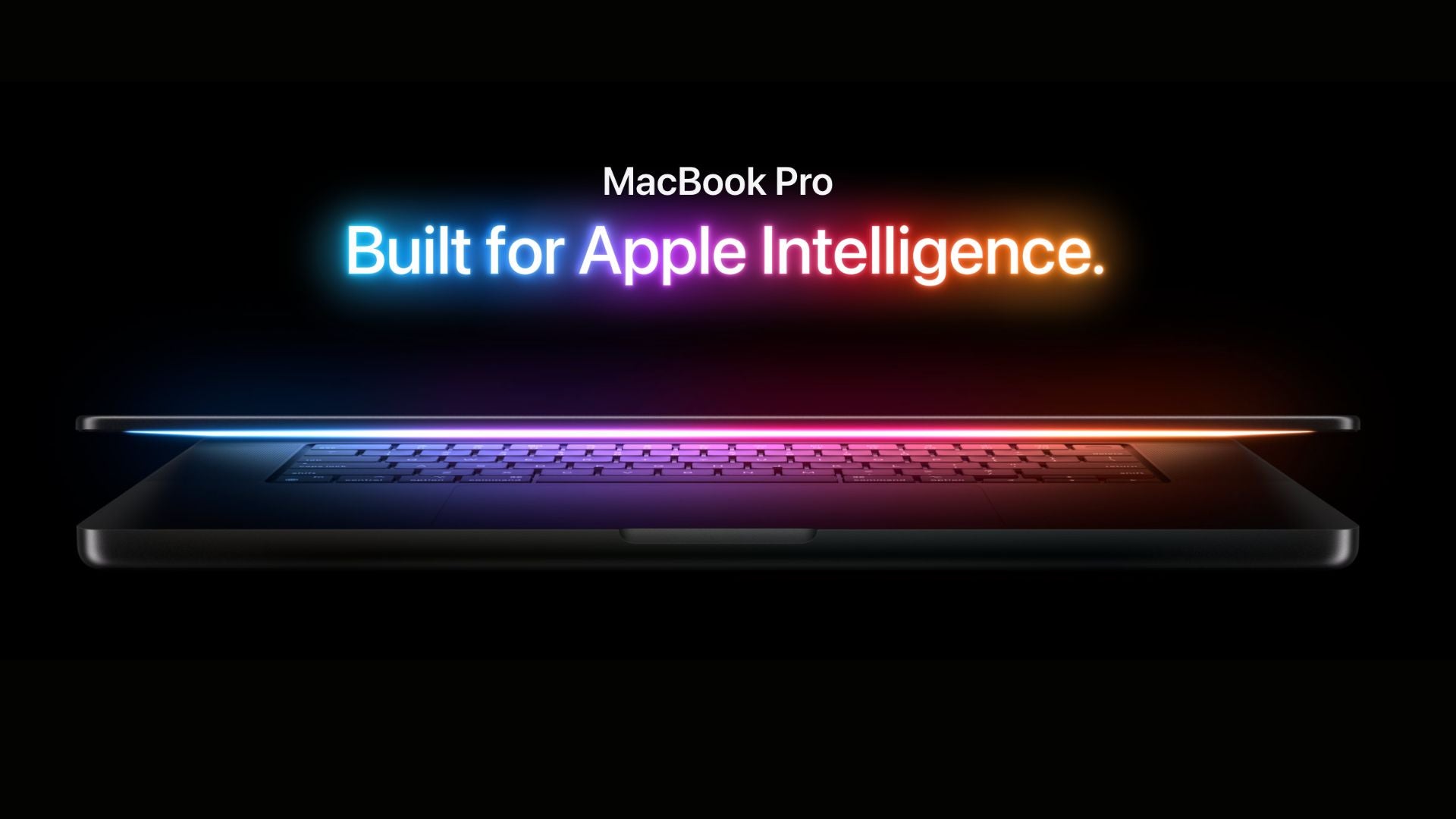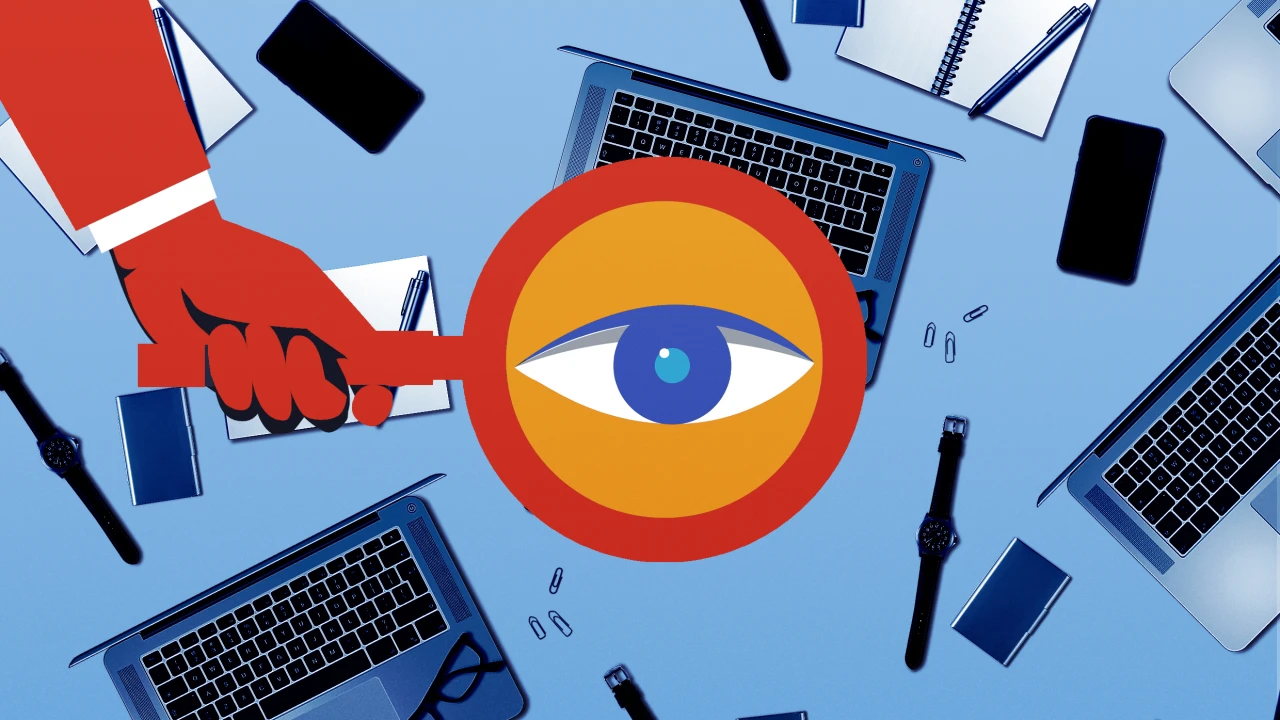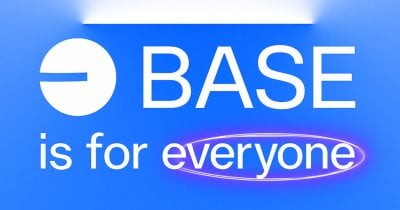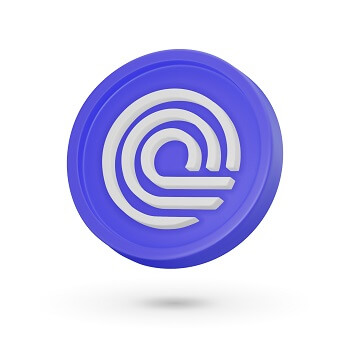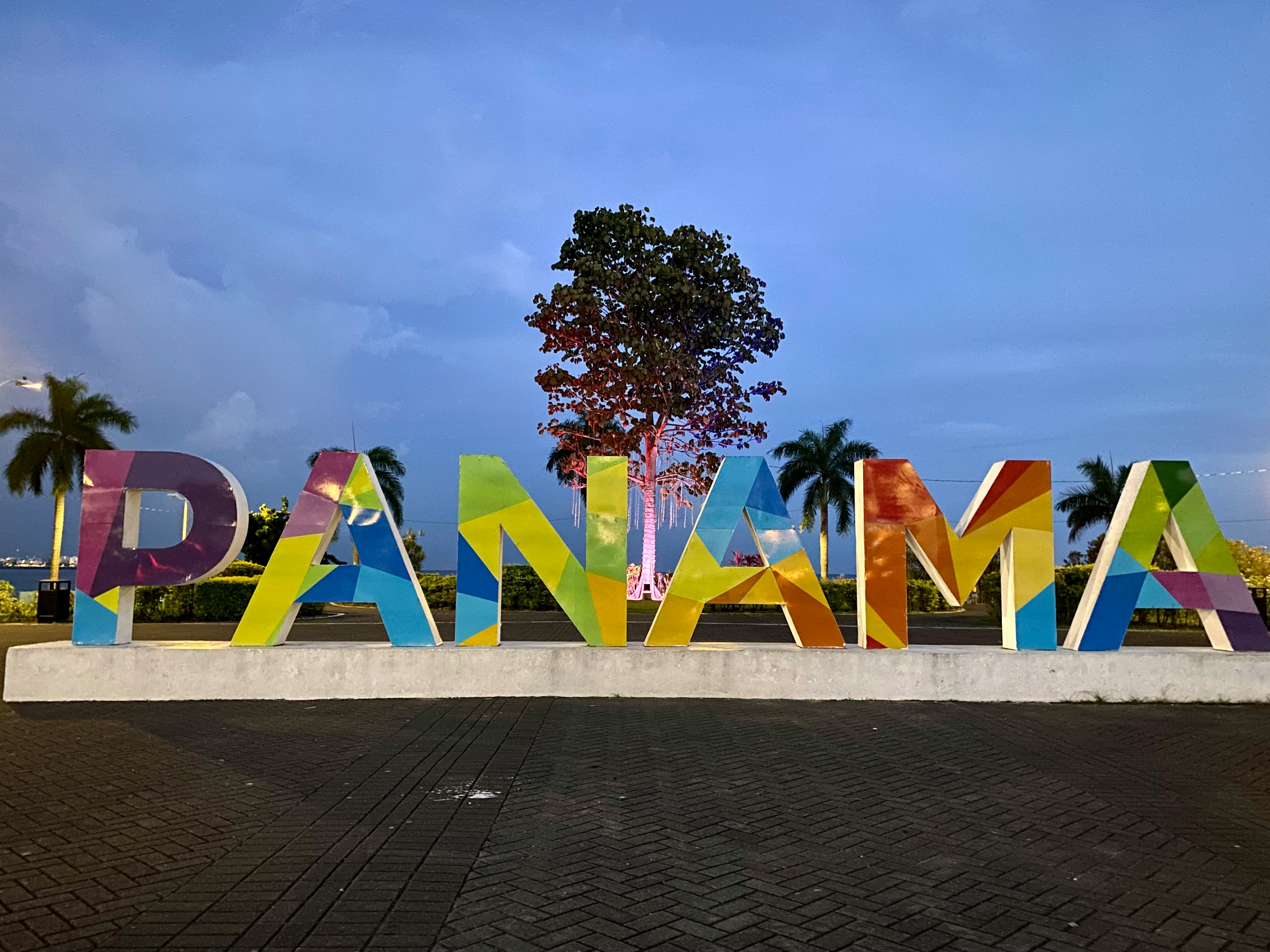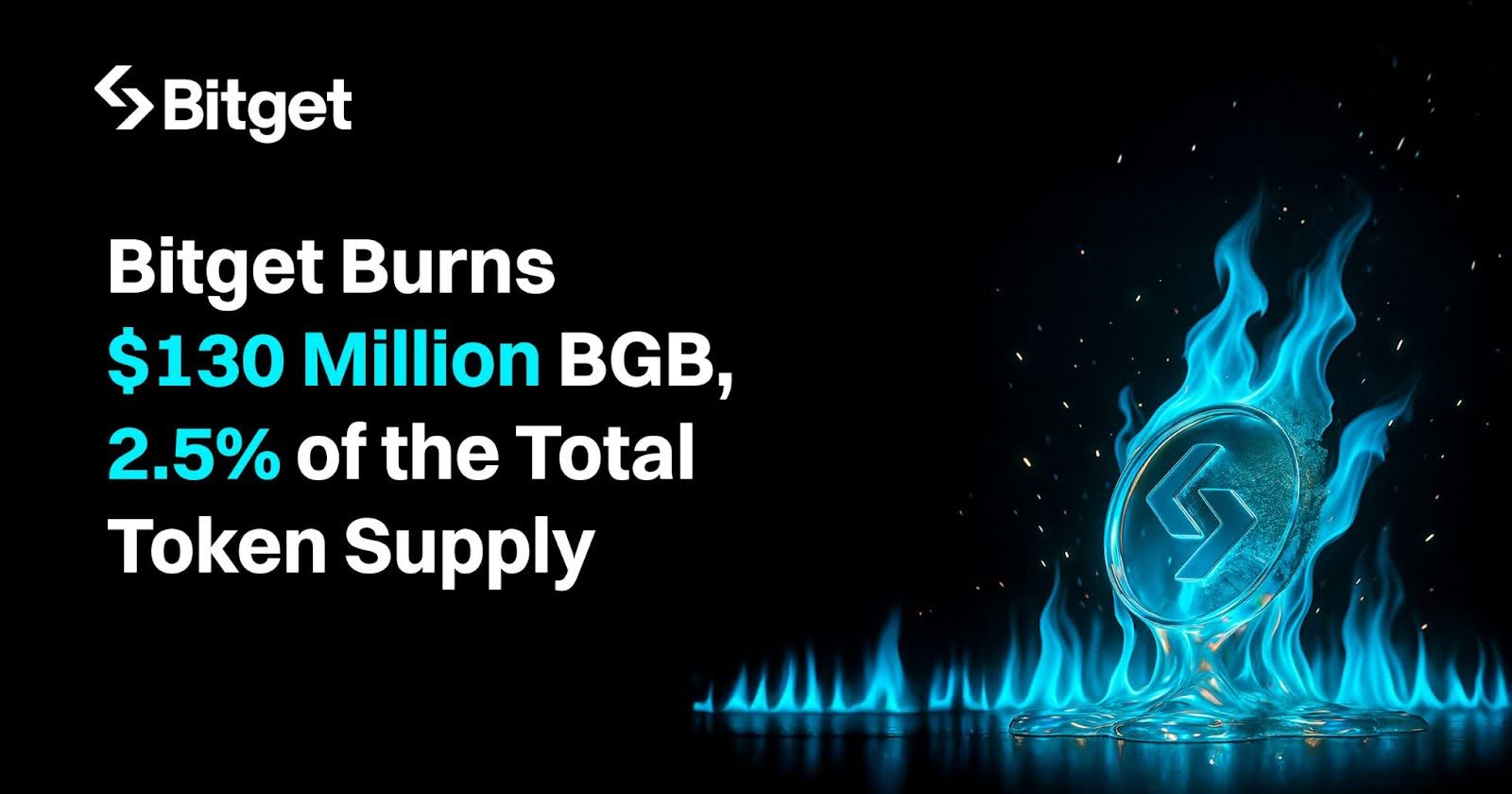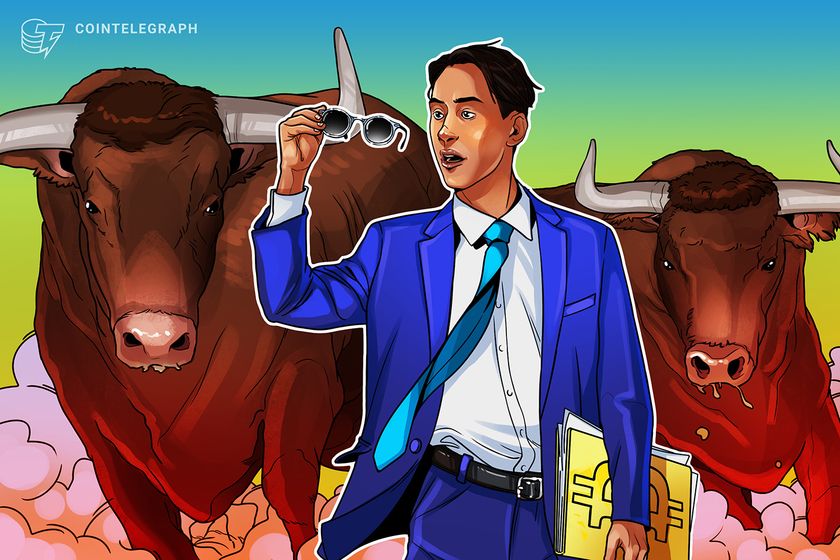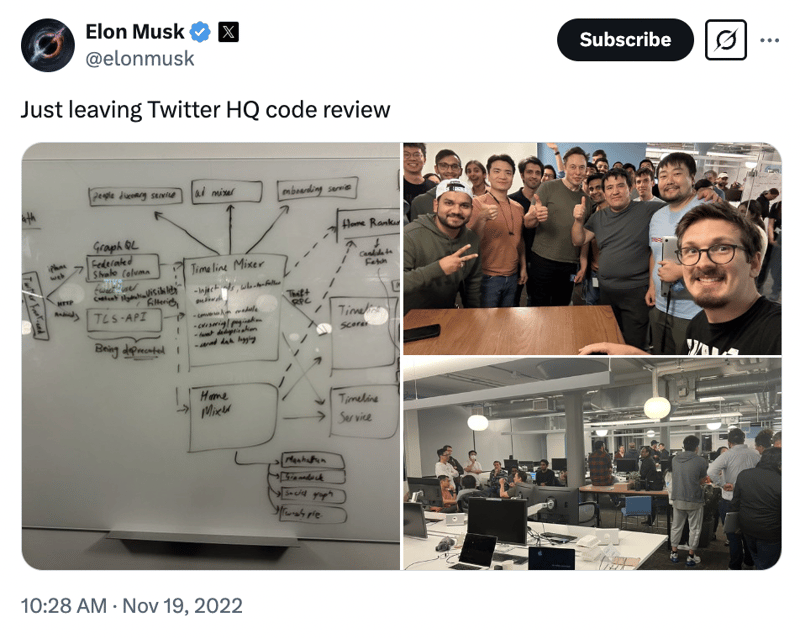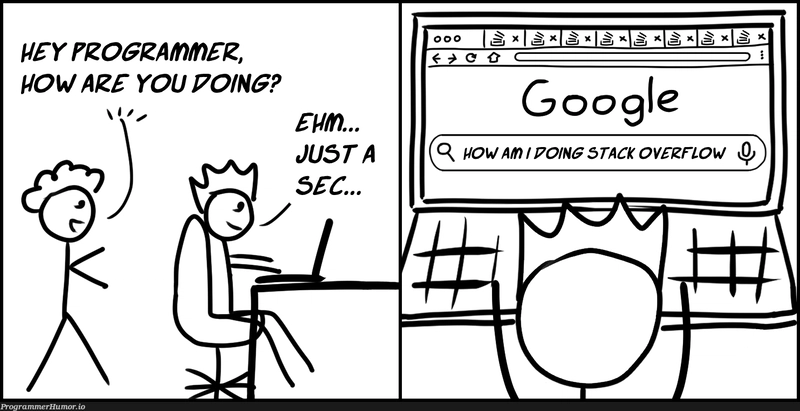Open Source Q1 2025: Thriving Ecosystem or Facing New Challenges?
Abstract This post offers a deep dive into the state of open source software in Q1 2025. We explore its rapid evolution, community growth, and technological innovations such as the Linux Kernel 6.8 upgrade and blockchain-enabled funding. At the same time, we address ongoing challenges like security vulnerabilities and funding gaps for maintainers. With detailed background, core concept analysis, use cases, and future trends, this comprehensive article provides technical insights and actionable information for developers, policymakers, and enthusiasts. Along the way, we highlight innovative licensing models and community governance strategies that are reshaping the open source landscape. Introduction Open source is at the heart of modern technology, driving innovation from cloud computing to AI research. Q1 2025 has been a landmark quarter for the community—with major releases like Linux Kernel 6.8 improving hardware support and security, and new initiatives like GitHub’s blockchain-based donation system emerging. This post investigates whether open source is thriving or facing severe challenges, discussing key trends, practical applications, and future opportunities. By incorporating additional research and expert perspectives, we present a holistic look at the evolving open source ecosystem. Background and Context Open source originally began as a grassroots movement aimed at democratizing software. Today, it fuels critical innovations in every technology sector and is supported by millions of developers worldwide. In Q1 2025, the ecosystem has evolved through: Significant Releases and Upgrades: The debut of Linux Kernel 6.8, which offers enhanced security features and increased support for modern architectures like ARM64 and RISC‑V, underscores the constant technical progress. Institutional Support: Agencies like the European Commission have mandated open source software for public services, saving billions in public expenditure. Global Collaboration: With over 2.1 million contributors—up 15% from the previous quarter as noted by GitHub Octoverse—open source continues to bring diverse minds together. Understanding this background is crucial. It not only provides context for today's developments but also helps readers appreciate the challenges ahead. Core Concepts and Features Q1 2025 has spotlighted several core concepts shaping open source today. Let’s break these down into key areas: 1. Technological Advancements Linux Kernel 6.8: This release, detailed on Phoronix, introduces improved lockdown mechanisms and expanded hardware support for ARM64 and RISC‑V platforms. It powers everything from IoT devices to large-scale servers. TensorFlow 3.0: Google’s latest update enhances federated learning to ensure privacy in AI, as described on the Google AI Blog. 2. Innovative Funding Blockchain-Enabled Donations: GitHub’s blockchain donation system, reported on the GitHub Blog, has raised millions for maintainers. Innovative platforms are exploring tokenized licensing to ensure fair compensation. Licensing Models: New frameworks such as License Token’s innovative licensing and bridging the funding gap in open source are being used to support developers financially. 3. Community Governance and Diversity Decentralized Governance: Emerging DAO models, such as those covered on CoinDesk, empower communities to make equitable decisions. An excellent example is the initiative featured in Arbitrum and Community Governance. Encouraging Diversity: Programs by organizations like the Apache Software Foundation have contributed to a 10% rise in diversity among contributors. This trend is critical for fostering innovation and addressing global challenges. 4. Security and Compliance Rapid Vulnerability Patching: Instances like the swift patch of an OpenSSL vulnerability within 48 hours (OpenSSL News) highlight how security remains a top priority. Legal and Regulatory Developments: The implementation of the EU AI Act adds layers of compliance and accountability, compelling projects to adopt secure and transparent licensing practices. Applications and Use Cases Let’s examine how these core concepts translate into practical outcomes through a few real-world examples: Example 1: Enhanced Cloud Security and Performance Scenario: A cloud provider integrates Linux Kernel 6.8 to benefit from its security enhancements and broad hardware compatibility. Outcome: With robust security measures such as lockdown LSM and support for modern architectures, the provider reduces downtime and enhances user trust. Relevance: This showcases how open source evolution directly impacts data centers and cloud services globally. Example 2: AI and Federated Learning Scenario: In sensitive industries like healthcare, TensorFlow 3.0 enables privacy-preserving machine learning across decentralized n
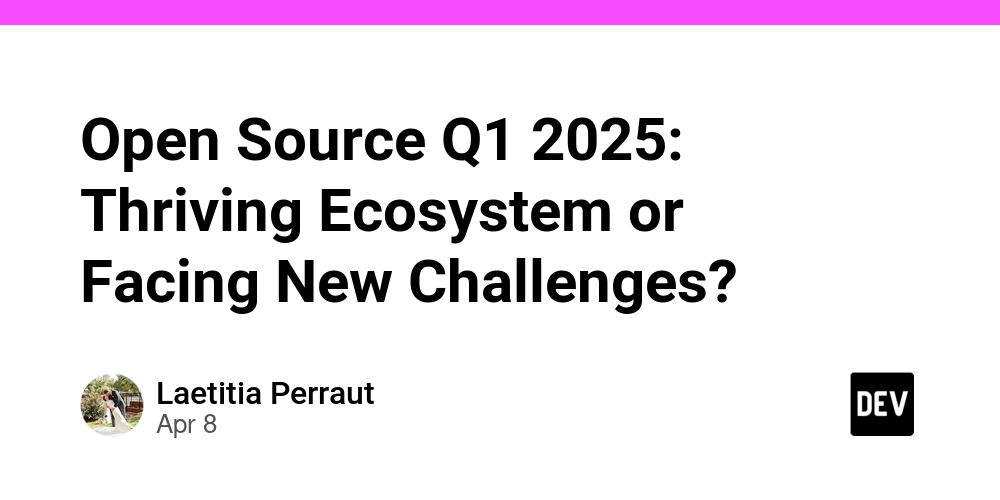
Abstract
This post offers a deep dive into the state of open source software in Q1 2025. We explore its rapid evolution, community growth, and technological innovations such as the Linux Kernel 6.8 upgrade and blockchain-enabled funding. At the same time, we address ongoing challenges like security vulnerabilities and funding gaps for maintainers. With detailed background, core concept analysis, use cases, and future trends, this comprehensive article provides technical insights and actionable information for developers, policymakers, and enthusiasts. Along the way, we highlight innovative licensing models and community governance strategies that are reshaping the open source landscape.
Introduction
Open source is at the heart of modern technology, driving innovation from cloud computing to AI research. Q1 2025 has been a landmark quarter for the community—with major releases like Linux Kernel 6.8 improving hardware support and security, and new initiatives like GitHub’s blockchain-based donation system emerging. This post investigates whether open source is thriving or facing severe challenges, discussing key trends, practical applications, and future opportunities. By incorporating additional research and expert perspectives, we present a holistic look at the evolving open source ecosystem.
Background and Context
Open source originally began as a grassroots movement aimed at democratizing software. Today, it fuels critical innovations in every technology sector and is supported by millions of developers worldwide. In Q1 2025, the ecosystem has evolved through:
- Significant Releases and Upgrades: The debut of Linux Kernel 6.8, which offers enhanced security features and increased support for modern architectures like ARM64 and RISC‑V, underscores the constant technical progress.
- Institutional Support: Agencies like the European Commission have mandated open source software for public services, saving billions in public expenditure.
- Global Collaboration: With over 2.1 million contributors—up 15% from the previous quarter as noted by GitHub Octoverse—open source continues to bring diverse minds together.
Understanding this background is crucial. It not only provides context for today's developments but also helps readers appreciate the challenges ahead.
Core Concepts and Features
Q1 2025 has spotlighted several core concepts shaping open source today. Let’s break these down into key areas:
1. Technological Advancements
- Linux Kernel 6.8: This release, detailed on Phoronix, introduces improved lockdown mechanisms and expanded hardware support for ARM64 and RISC‑V platforms. It powers everything from IoT devices to large-scale servers.
- TensorFlow 3.0: Google’s latest update enhances federated learning to ensure privacy in AI, as described on the Google AI Blog.
2. Innovative Funding
- Blockchain-Enabled Donations: GitHub’s blockchain donation system, reported on the GitHub Blog, has raised millions for maintainers. Innovative platforms are exploring tokenized licensing to ensure fair compensation.
- Licensing Models: New frameworks such as License Token’s innovative licensing and bridging the funding gap in open source are being used to support developers financially.
3. Community Governance and Diversity
- Decentralized Governance: Emerging DAO models, such as those covered on CoinDesk, empower communities to make equitable decisions. An excellent example is the initiative featured in Arbitrum and Community Governance.
- Encouraging Diversity: Programs by organizations like the Apache Software Foundation have contributed to a 10% rise in diversity among contributors. This trend is critical for fostering innovation and addressing global challenges.
4. Security and Compliance
- Rapid Vulnerability Patching: Instances like the swift patch of an OpenSSL vulnerability within 48 hours (OpenSSL News) highlight how security remains a top priority.
- Legal and Regulatory Developments: The implementation of the EU AI Act adds layers of compliance and accountability, compelling projects to adopt secure and transparent licensing practices.
Applications and Use Cases
Let’s examine how these core concepts translate into practical outcomes through a few real-world examples:
Example 1: Enhanced Cloud Security and Performance
- Scenario: A cloud provider integrates Linux Kernel 6.8 to benefit from its security enhancements and broad hardware compatibility.
- Outcome: With robust security measures such as lockdown LSM and support for modern architectures, the provider reduces downtime and enhances user trust.
- Relevance: This showcases how open source evolution directly impacts data centers and cloud services globally.
Example 2: AI and Federated Learning
- Scenario: In sensitive industries like healthcare, TensorFlow 3.0 enables privacy-preserving machine learning across decentralized networks.
- Outcome: Developers can train AI models on encrypted data without compromising patient confidentiality, driving forward medical research.
- Relevance: This example highlights the balance between innovation and compliance that’s essential in regulated sectors.
Example 3: Funding and Sustainable Development
- Scenario: A mid-sized developer community embraces blockchain donation systems combined with fair open source licensing models.
- Outcome: Transitioning to secure financial mechanisms like GitHub’s blockchain donations and open source developer compensation models strengthens project sustainability over the long term.
- Relevance: This practical model is critical for ensuring that maintainers receive proper compensation, thereby sustaining the entire ecosystem.
Challenges and Limitations
Despite impressive growth, Q1 2025 has exposed several pressing challenges:
- Security Vulnerabilities: Rapid development often leads to temporary lapses in security. The vulnerability in OpenSSL and the urgent patch for Apache HTTP Server indicate that even mature projects are not immune.
- Funding Gaps: Although blockchain funding is emerging, estimates suggest that up to 60% of maintainers still lack adequate financial support. This funding gap could hamper further innovation.
- Regulatory Complexity: New laws like the EU AI Act add legal complications. Projects must now align with strict data transparency and security regulations, increasing both administrative overhead and compliance costs.
- Adoption Hurdles: Transitioning traditional organizations and governments to open source solutions can be slow due to legacy systems and internal resistance.
A bullet list of primary challenges:
- Security Risks: Rapid patch cycles can’t eliminate developments of security holes.
- Financial Shortfalls: Lack of sustainable compensation for many volunteer maintainers.
- Complex Legal Landscape: New regulatory requirements create added compliance burdens.
- Integration Barriers: Legacy systems in large corporations or governments can slow down open source adoption.
Future Outlook and Innovations
Looking ahead, several trends and innovations promise to reshape the open source ecosystem over the coming quarters:
1. Expanding Blockchain Integration
Blockchain technology will likely play a larger role in open source funding and governance. We expect a broader adoption of tokenized licensing and blockchain-based donation models. By leveraging these methods, developers can benefit from full transparency and secure, decentralized funding models.
2. Enhanced AI & Federated Learning
AI integration will continue to grow, as federated learning enables privacy-centric development. Projects using AI-driven data processing will likely see broader applications in sectors like finance, healthcare, and public services.
3. Global Policy Shifts and Institutional Support
With more governments following the EU’s example, we anticipate a wave of public policies mandating open source solutions. This will not only promote cost savings but also encourage more robust, transparent development practices worldwide. Sources such as ZDNet and Defense News reinforce these trends.
4. Community Governance and Decentralized Models
Governance models will evolve further with the rise of decentralized autonomous organizations (DAOs). This trend, along with community-led initiatives, will allow more equitable decision-making and bolster project sustainability. The discussion on arbitrum-and-community-governance clearly illustrates this transformative trend.
5. Sustainable Development and Green Tech Initiatives
Open source hardware developments, such as RISC‑V processors and eco-friendly 3D printing platforms, are gaining momentum. These innovations contribute not only to technological efficiency but also to environmental sustainability—a dual win for the industry.
Comparison Table: Key Open Source Metrics Q1 2025 vs. Q1 2024
| Metric | Q1 2024 | Q1 2025 | Percentage Change | Source |
|---|---|---|---|---|
| Contributors | 1.8M | 2.1M | +15% | GitHub Octoverse |
| Corporate Spend | $1.5B | $2B | +33% | Linux Foundation Report |
| Government Savings | €800M | €1B | +25% | ZDNet |
| Hardware Growth | 15% | 20% | +5% | OpenDesign Blog |
Integrating Advanced Licensing and Funding Models
One of the most promising new methodologies in the open source space is the integration of advanced licensing solutions:
- Tokenized Licensing Frameworks: By utilizing platforms such as License Token Revolutionizing OSS License Distribution and License Token Bridging the Gap in OSS Funding, projects can ensure fair compensation and address longstanding funding challenges.
- Open Source Developer Compensation: Another innovative concept, detailed in the open source developer compensation models page, highlights strategies to support maintainers while incentivizing quality contributions.
These cutting-edge financial models are critical for sustaining open source in an increasingly complex digital economy.
Dev.to Perspectives on Open Source Funding and Licensing
Several insightful posts on Dev.to further emphasize the importance of these innovations:
- The Power of Sponsoring Open Source Projects explores how sponsorships contribute to project longevity.
- License Token: Revolutionizing OSS License Distribution for a New Era of Open Source Innovation offers an in-depth look into how tokenization is changing the funding paradigm.
- Leveraging Open Source: The Sandbox’s Game-Changing Integration discusses the transformative potential of integrating open source into new applications.
These complementary viewpoints reinforce the idea that combining financial innovation with traditional open source principles can drive substantial long-term growth.
Summary
Q1 2025 has been an exhilarating period for open source software. With major technological releases such as Linux Kernel 6.8 and TensorFlow 3.0, the community is clearly thriving on innovation and broad collaboration. Yet, significant challenges remain—from ensuring timely security patches to bridging funding gaps for maintainers. Advanced methods including blockchain-enabled funding models and tokenized licensing frameworks (e.g., License Token’s innovative approaches) are providing promising solutions.
The continued evolution of community governance, enhanced security protocols, and proactive government policies signals a bright future. By addressing challenges head-on and integrating sustainable practices, open source can remain the backbone of digital innovation. As we look to the next quarter and beyond, the collaborative spirit of open source—bolstered by innovative financial models and regulatory support—will be essential in shaping a more secure, efficient, and inclusive digital future.
In conclusion, this post has explored the multifaceted world of open source Q1 2025, from its technical advancements and funding innovations to the challenges it faces and the promising future that awaits. With clear use cases, comprehensive data, and insights from expert voices on platforms like Dev.to and authoritative sources, the open source ecosystem continues to chart its course amidst both triumphs and trials.
Keep an eye on ongoing trends and developments. For additional reading, check out the original article as well as other insightful resources from websites like GitHub Blog and the European Commission’s open source page.
This technical yet accessible post has aimed to provide enriched context and a comprehensive guide that is both human-friendly and optimized for search engines by using clear headings, bullet lists, and tables. With a balanced view of growth opportunities and challenges ahead, the open source community is well-poised to continue its transformative journey in the digital world.















































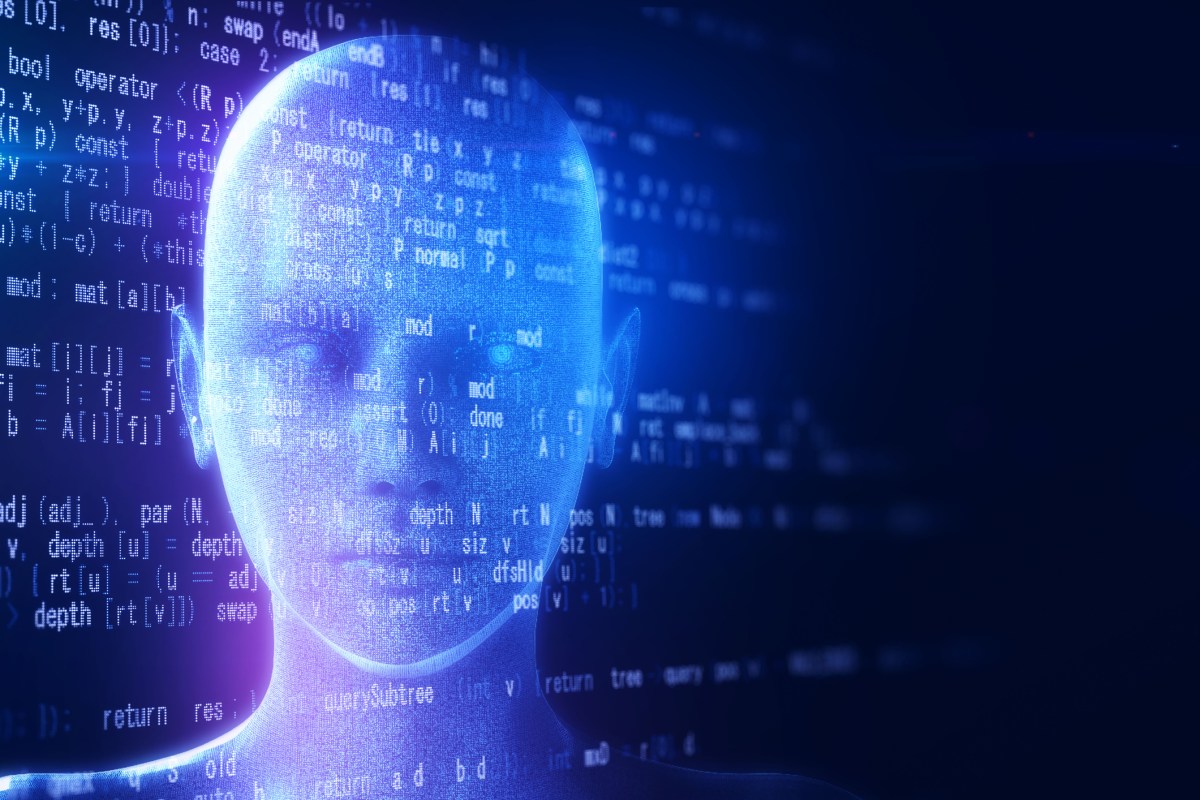
























































































































![[The AI Show Episode 144]: ChatGPT’s New Memory, Shopify CEO’s Leaked “AI First” Memo, Google Cloud Next Releases, o3 and o4-mini Coming Soon & Llama 4’s Rocky Launch](https://www.marketingaiinstitute.com/hubfs/ep%20144%20cover.png)
















































































































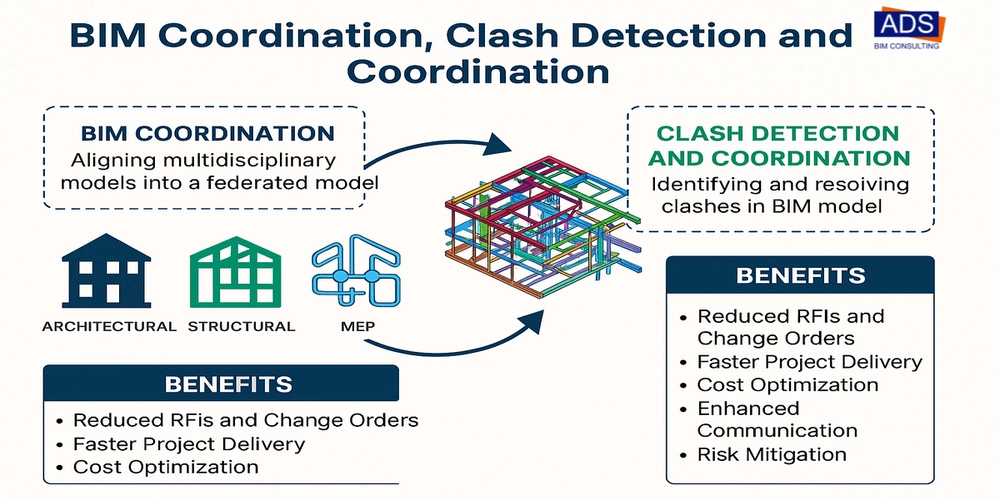





















































































![GrandChase tier list of the best characters available [April 2025]](https://media.pocketgamer.com/artwork/na-33057-1637756796/grandchase-ios-android-3rd-anniversary.jpg?#)




















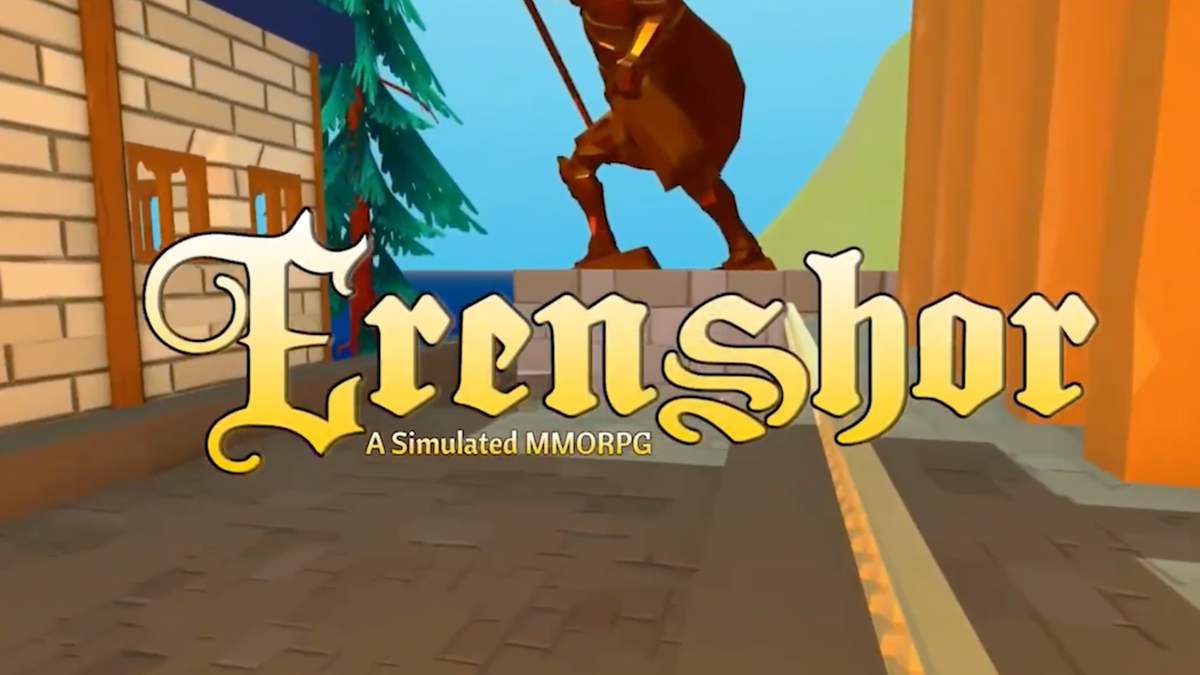












































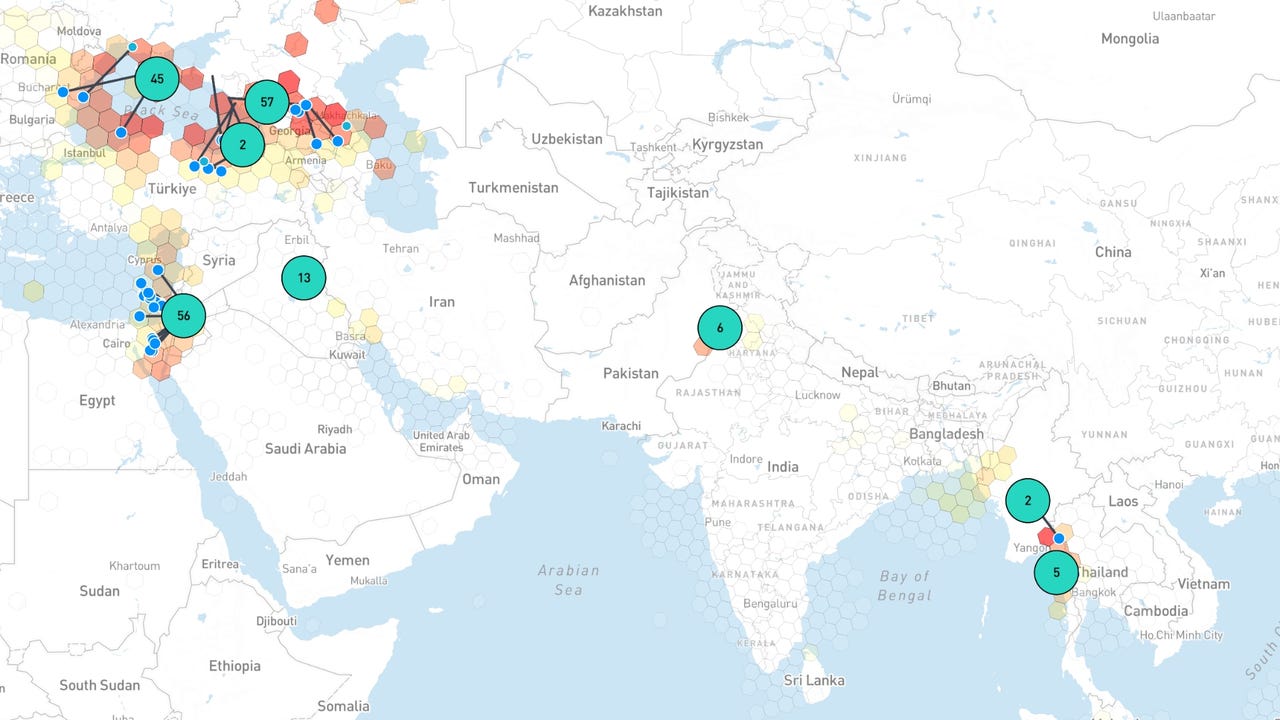













































































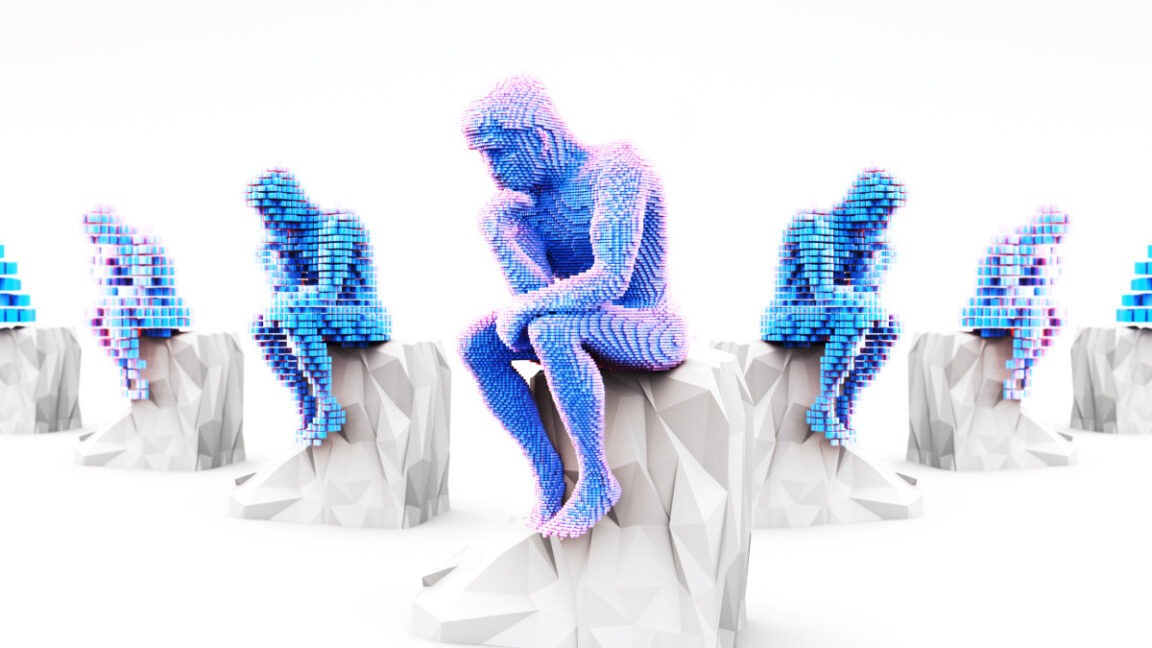
































![Apple M4 13-inch iPad Pro On Sale for $200 Off [Deal]](https://www.iclarified.com/images/news/97056/97056/97056-640.jpg)
![Apple Shares New 'Mac Does That' Ads for MacBook Pro [Video]](https://www.iclarified.com/images/news/97055/97055/97055-640.jpg)










































